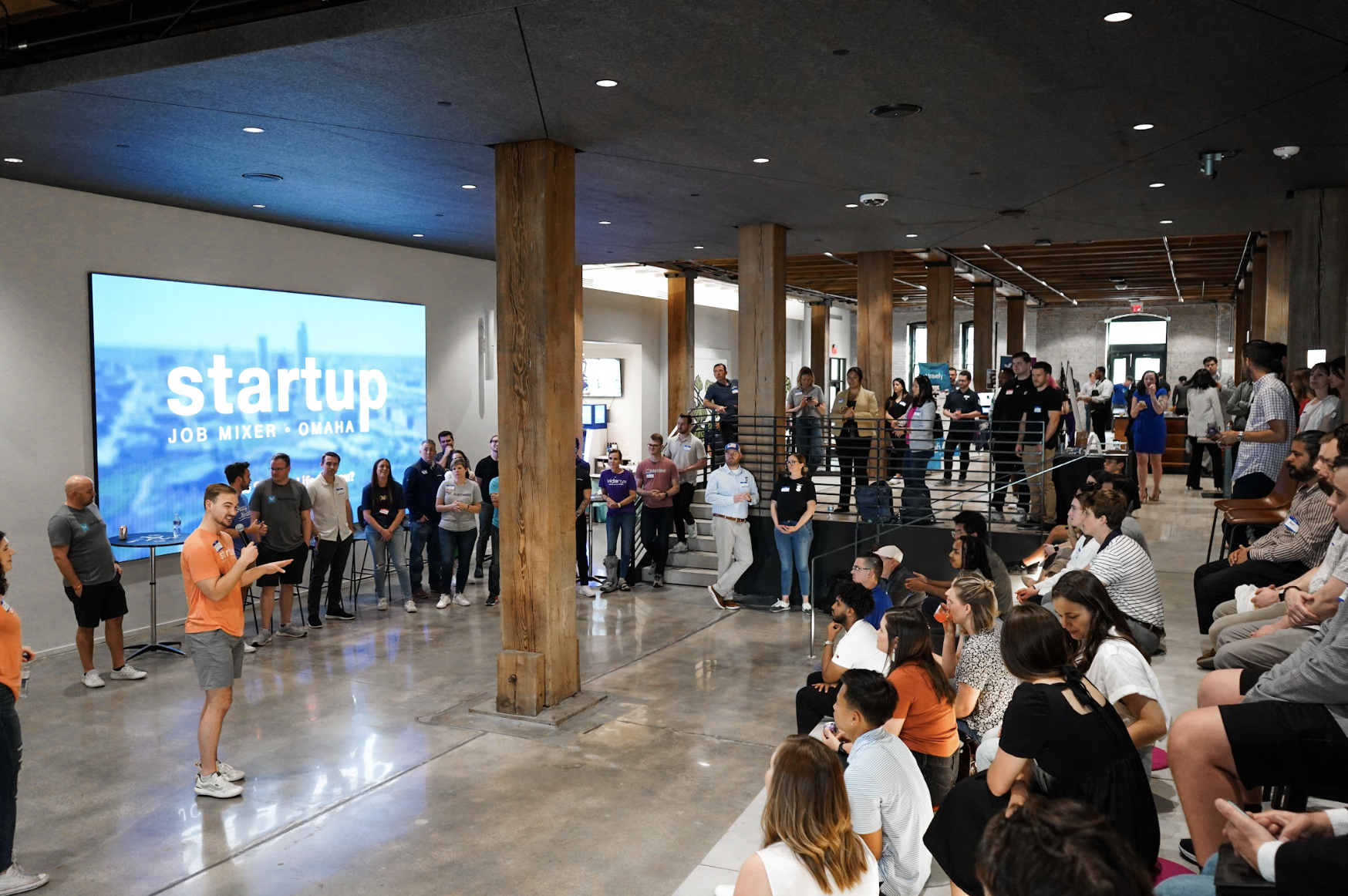
EyeVerify aims to answer the question “Who’s holding the phone?” with software that can identify people based on the unique patterns of blood vessels in their eyes.
You know how the adage goes: identity is in the eye of the phone holder.
All right, maybe that’s not the exact turn of phrase. But Toby Rush hopes that becomes conventional wisdom in the near future.
Rush is the founder and CEO of the startup EyeVerify, and his vision for the future of identity verification lies in the blood vessels in people’s eyes. Kansas City-based EyeVerify is bringing to market a software authentication module that will use the cameras on mobile devices to take images of the vasculature in the whites of the eyes to use as a unique biometric identifier.

“We’ve launched EyeVerify with the mission of answering the question of ‘Who’s holding the phone?’ ” Rush (left) said in a phone interview last month. “We are going to be creating a software authentication module that can run on cell phones that can use the existing camera on cell phones — so this is a pure software play — to take pictures of the whites of the eye, specifically the blood vessels, match those and verify, you know, the user is who the user says they are.”
All eyes have rich, unique patterns of blood vessels. And, using the quality of cameras available on most mobile phones — 2-3 megapixels, with proper lighting and focus, will suffice — EyeVerify aims to turn those patterns into an added layer of security for mobile applications or other restricted access that can be obtained with a mobile device.
Rush is a firm believer that the technology behind EyeVerify is the best biometric technology capable of being used with mobile devices. The most common forms of biometric identifiers are retina and fingerprint scanners, but those require separate hardware. Other options include facial recognition software, which Rush says is “gimmicky,” and voice recognition software, which he says can fall prey to environmental sensitivity issues like wind, background noise or a hoarse voice.
Other people apparently share Rush’s belief. He started raising a seed round last month and as of yesterday had $600,000 worth of investment already in the bank or firmly committed.
Eye-opening technology
The technology behind Rush’s new startup first caught his eye last fall. At the time, he was phasing out of TotalTrax, a company formed last summer through a merger involving Rush Tracking Systems, which he founded.
Rush was on the lookout for his next opportunity when someone tipped him off to the work being done by Reza Derakhshani, a professor at the Univeristy of Missouri-Kansas City and expert in biomedical signal processing and biometrics.
Derakhshani (left), in tandem with Arun Ross at West Virginia University, discovered and patented the core concept of eye-vein biometrics. After extensive discussion with Derkshani and a visit to West Virginia for a deeper dive into the data behind the technology, Rush knew the search for his next opportunity was over.
EyeVerify has since acquired an exclusive license to the patent and related IP. Derakshani, Ross and their teams continue to be engaged and are advancing the science behind EyeVerify.
Rush, meanwhile, began full-time work on the project in January. As of March 1, EyeVerify will have three full-time employees and a couple of part-time contractors. At the moment, that team is developing a prototype, which Rush said should be completed by mid-year. Pilot testing is scheduled for the third and fourth quarters of this year. Rush said there’s an emphasis on accumulating a significant amount of data to prove the technology’s reliability.
“We have got some of that,” he said. “We need to build a larger database to run these algorithms to kind of have the statistically significant results that the true, quote-unquote, biometric experts are going to look at.”
A ‘real and present pain’
Though there are plenty of challenges ahead, Rush sees even more opportunity.
In working to validate the product, Rush perceived what he calls “a very kind of real and present pain” across all markets. His research into patents revealed little competition. “The patent’s clean — great freedom to operate,” Rush said. “We looked at both domestic and international. Really, no one’s got anything in or around it.”
When EyeVerify’s product is ready for release into the wild, Rush said it will be incorporated directly into third party applications via an SDK and API. Off hand, he cited potential users like Cerner, which could utilize the technology to restrict who can remotely view certain documents, or Dropbox, which could use it to control access to certain folders. Initially, EyeVerify will focus on the mobile space, and it will draw its revenue from software licensing agreements.
But Rush sees non-mobile opportunity, too. And what seems to excite him most is the potential for a software as a service model, under which EyeVerify would make money every time it’s used for a verification.
“Every time they verify somebody we get a fee,” Rush said. “(It’s) highly scalable, low-cost on our end, and we just focus on the authentication module.”
Credits: Photos of eyes courtesy of Rush. Illustration by Danny Schreiber. Photo of Rush courtesy of Rush. Photo of Derakhshani from umkc.edu.




2 responses to “Kansas City startup EyeVerify sees opportunity in the whites of your eyes”
[…] Kansas City startup EyeVerify sees opportunity in the whites of your eyes – Rush is the founder and CEO of the startup EyeVerify, and his vision for the future of identity verification lies in the blood vessels in people’s eyes. Kansas City-based EyeVerify … of investment already in the bank or firmly committed. […]
https://zoomauth.com/ is so much better than EyeVerify.